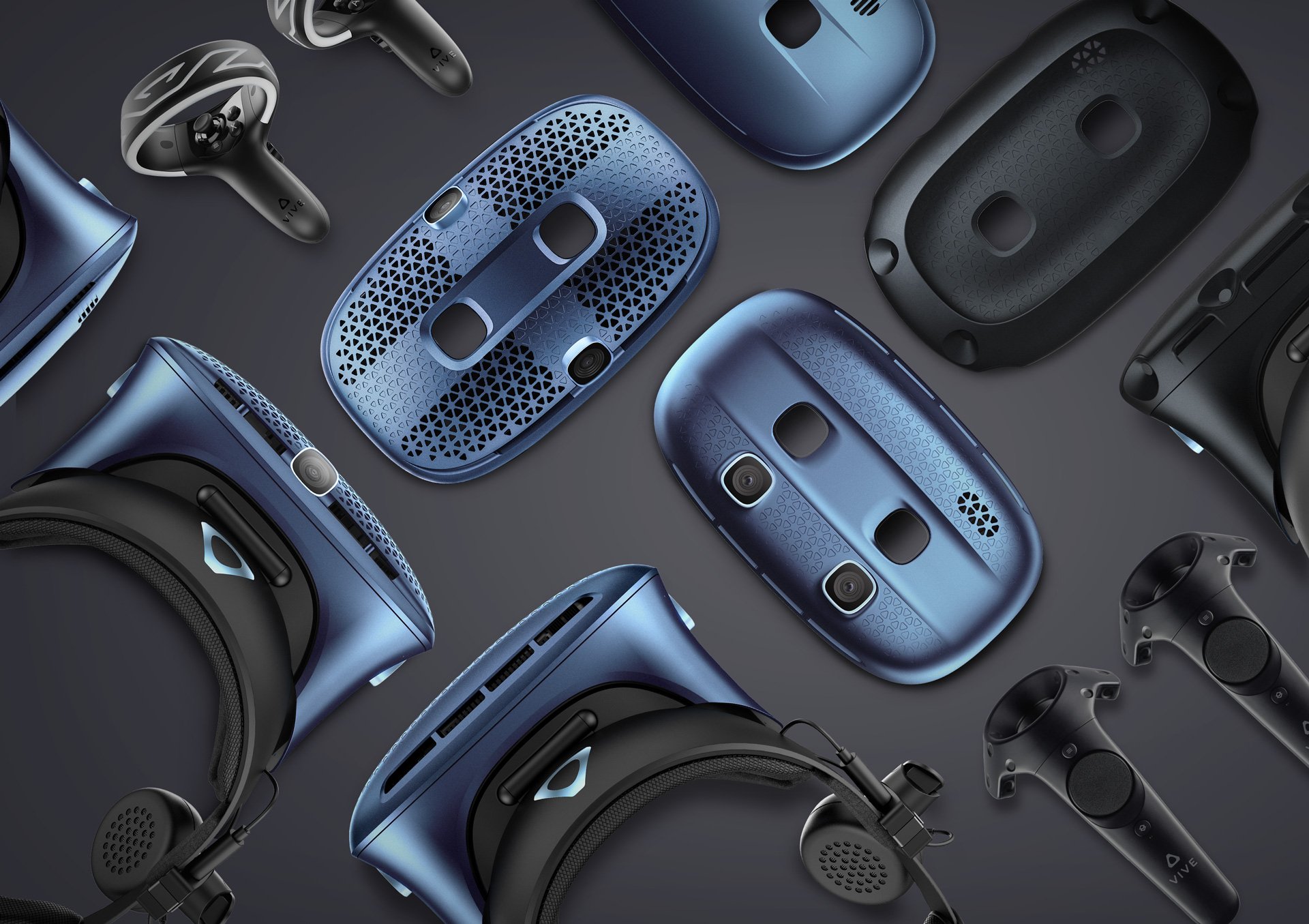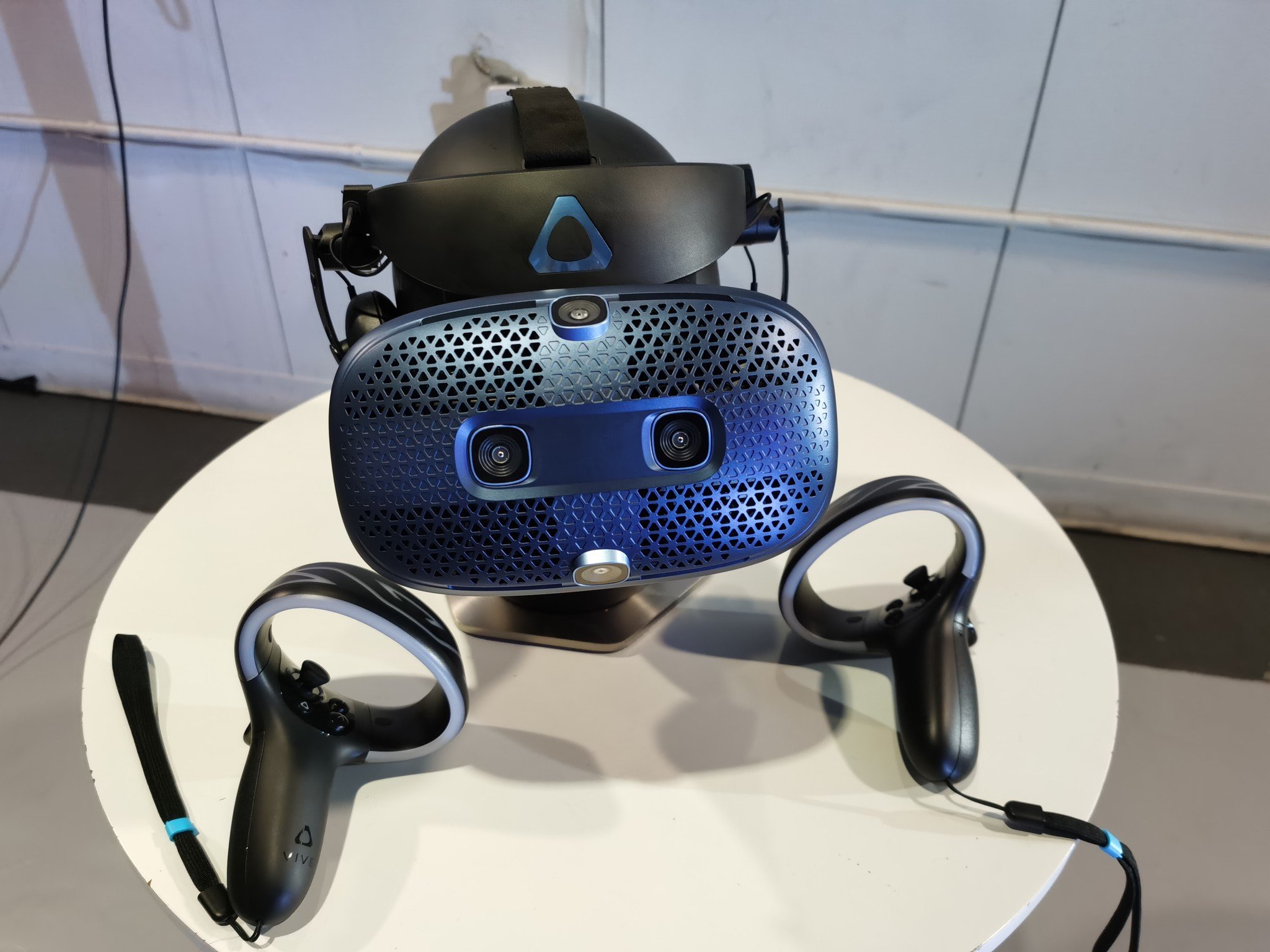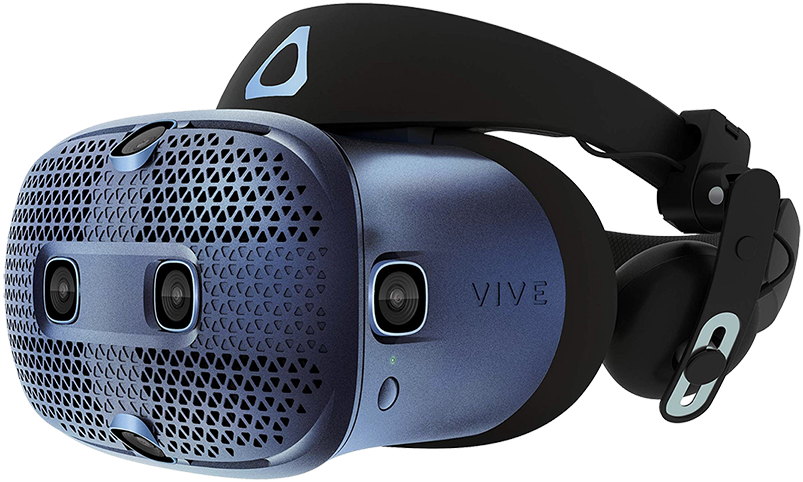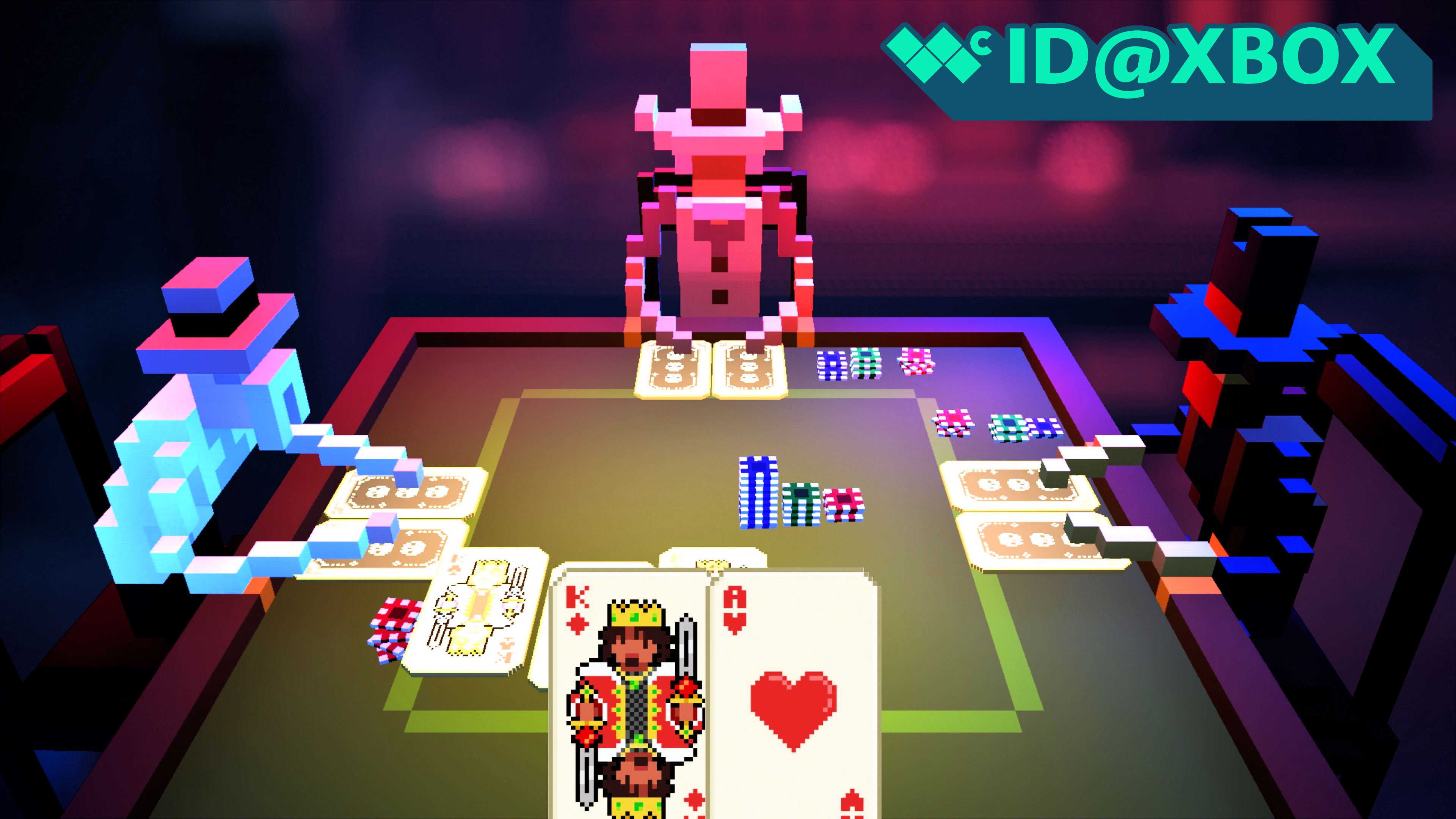Which HTC Vive Cosmos should you buy?

Which HTC Vive Cosmos should you buy?
Simplicity is key
PC-powered VR gained a reputation for being extremely complicated for a while. You not only needed a beefy gaming PC, but you also needed to connect a bunch of external sensors or cameras to track your position in the room and deal with software that wasn't exactly user-friendly. The HTC Vive Cosmos helps eliminate most of those hurdles by utilizing a more simple tracking solution. It doesn't need external sensors or cameras, and many gaming-grade laptops are now powerful enough to produce an excellent experience, cutting down on complicated PC configuration.
HTC also offers the Viveport Infinity service, which is a Netflix-like gaming subscription service that gives you access to over 500 games at any given point in time, all from the simplicity of a unified interface on the HTC Vive Cosmos. That means you won't have to deal with multiple digital stores if you don't want to, as HTC has built all of its own technology into the HTC Vive Cosmos so you can simply put it on your head and enjoy the best of VR without waiting.
More affordable, yet tons of potential

While HTC offers many Vive Cosmos models, the original Vive Cosmos still offers the best value of all of them. It's got a more accurate inside-out tracking solution than the entry-level Vive Cosmos Play, and the inside-out tracking solution is also simpler to set up and regularly use when compared with the Vive Cosmos Elite's SteamVR-powered tracking.
Even if you need the additional SteamVR tracking down the road, say you want to purchase a different controller with SteamVR support, or you wanted to use a full-body tracking system with Vive Trackers, you can always purchase the Elite faceplate for the Vive Cosmos to turn it into a Vive Cosmos Elite.
But the most important differentiator between the Vive Cosmos family and the rest of the VR headsets on the market is the ability to go wireless. While every model is "tethered" out of the box, which means you connect it to your PC via a cable, every HTC Vive Cosmos model uses the HTC Vive Wireless Adapter to become a wireless VR wonder. That's something neither Oculus Rift headset or the Valve Index can offer, and it gives HTC a distinct advantage in the market, albeit at an extra cost.
What if I want to upgrade my existing HTC Vive?
If you're already an owner of the original HTC Vive and are just looking for an upgrade, two options are worth looking into. If you just want to upgrade the HTC Vive headset itself, you can pick up an HTC Vive Cosmos Play for $499 and add in an Elite faceplate for $199. That brings the grand total to around $700 and will give you a significantly upgraded headset that works perfectly with your existing SteamVR lighthouses and Vive controllers.
Folks who also want to upgrade their controller experience could follow pick up the Vive Cosmos Play and Elite faceplate in addition to a pair of Valve Index controllers. The Valve Index controllers are the most advanced VR controllers on the market. They will work perfectly with your existing SteamVR lighthouses and alongside your shiny new HTC Vive Cosmos with the elite faceplate.
All the latest news, reviews, and guides for Windows and Xbox diehards.
That puts the total to roughly under $1,100, but it's a big upgrade. It's a pricier investment than just buying a Valve Index. Still, it opens the path to being able to have fully wireless PC-powered VR if you also purchase the Vive Wireless Adapter.

SteamVR all the way
HTC's latest Vive Cosmos package is perfect for VR enthusiasts who want to utilize SteamVR's sub-millimeter precise tracking. That also means compatibility with all existing SteamVR peripherals and products, making this an incredible value.

Nick started with DOS and NES and uses those fond memories of floppy disks and cartridges to fuel his opinions on modern tech. Whether it's VR, smart home gadgets, or something else that beeps and boops, he's been writing about it since 2011. Reach him on Twitter or Instagram @Gwanatu

